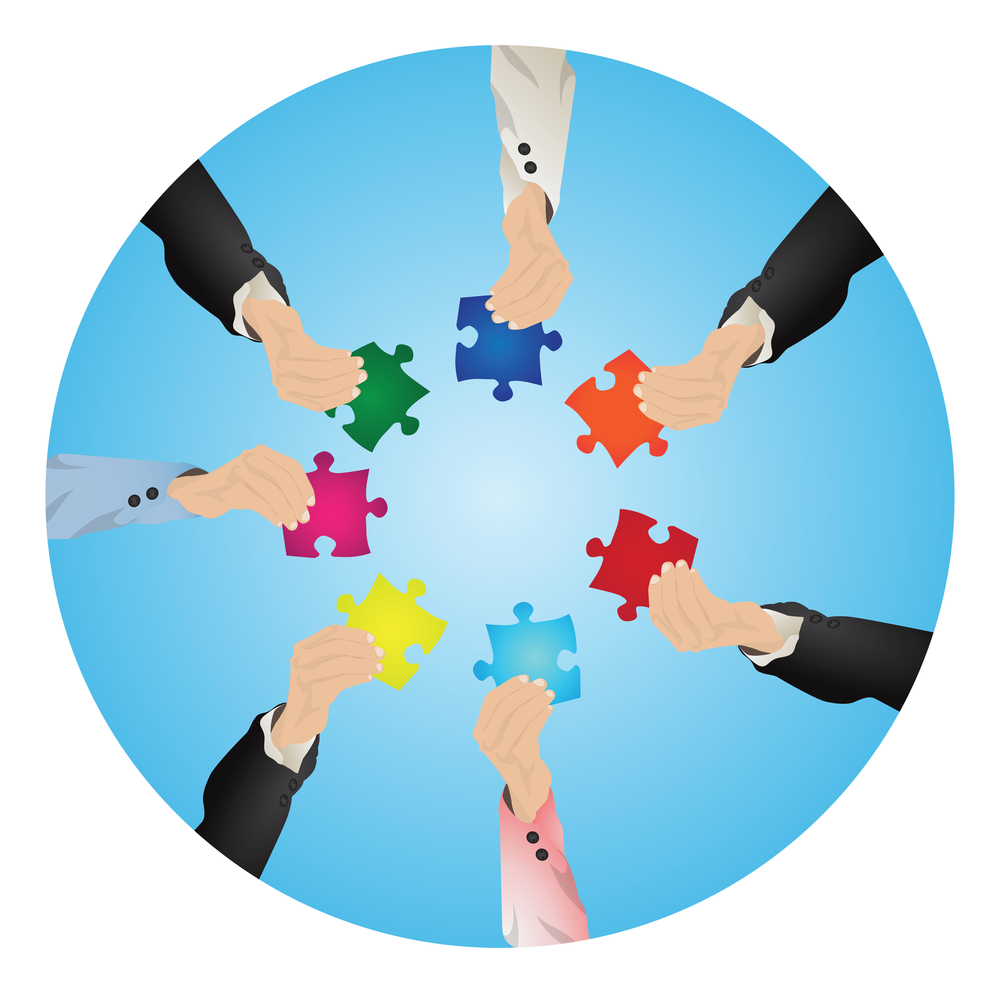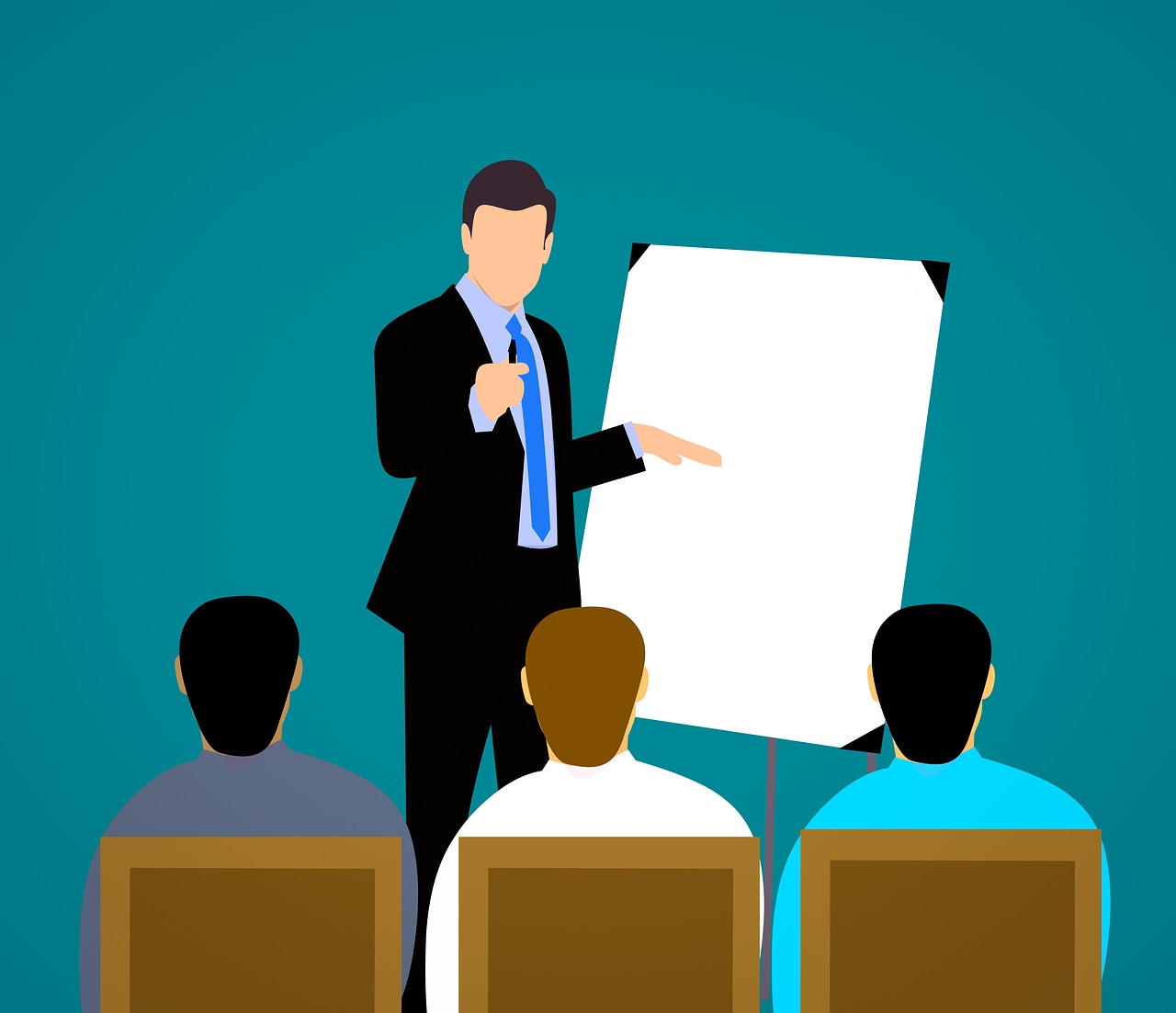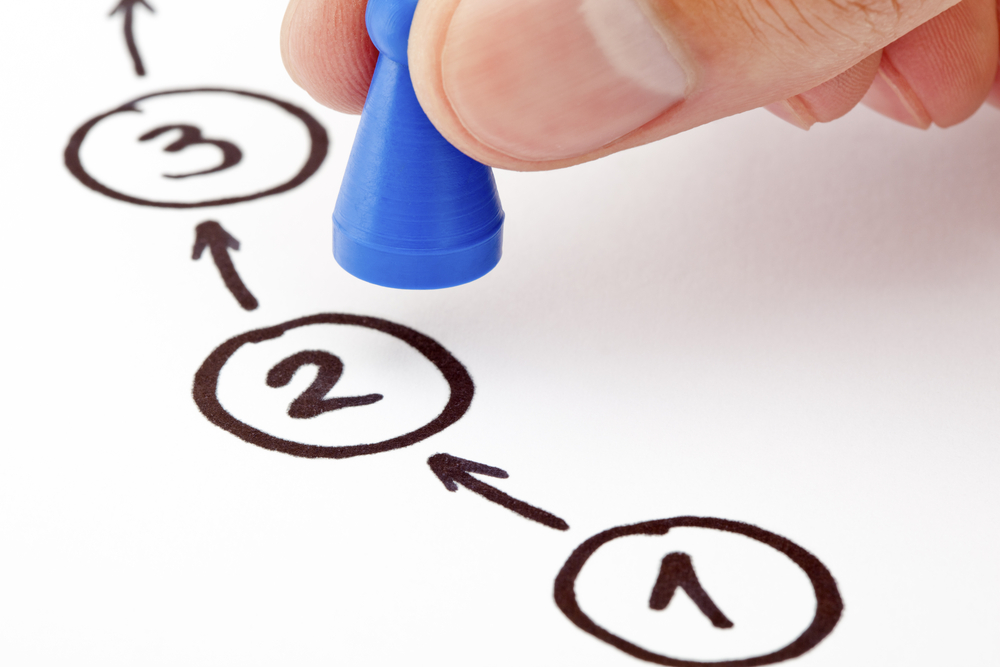
Understanding disability requires the acknowledgement that everyone is different. We may look like our brothers, sisters or other family members. We will have similar characteristics, strengths, and weaknesses to others. However, there are no two people that are the same. Identical twins may have the same genetic makeup however, environmental differences as they grow make provide the environment for them to differ.
Understanding disability involves recognising the diversity within the disabled community and appreciating the unique experiences, challenges, and abilities of everyone. Here are key aspects to consider in understanding disability:

Diverse Spectrum
Disability is not a singular experience; it encompasses a broad spectrum of conditions and abilities. Physical disabilities, sensory impairments, intellectual disabilities, mental health conditions, and neurodiversity are just a few examples. Each person’s experience of disability is unique, shaped by their specific condition, personal circumstances, and societal factors.

Medical vs Social
Understanding disability involves
distinguishing between the medical model and the social model. The medical
model views disability as a medical condition to be treated or cured, while the
social model focuses on societal barriers that limit the full participation of
individuals with disabilities. Embracing the social model encourages a shift
towards creating an inclusive and accessible society.
user-friendly.

Invisible Disability
Not all disabilities are visible.
Many individuals may have disabilities that are not immediately apparent, such
as chronic pain, mental health conditions, or certain neurodivergent traits.
Recognising and respecting invisible disabilities is essential for fostering
understanding and empathy.

Rights
People with disabilities have the same fundamental rights as everyone else. Understanding disability involves recognising the agency and autonomy of individuals with disabilities. Respecting their choices, preferences, and decision-making capacity is crucial for promoting inclusivity.

Communication, Language
Language matters in understanding disability. Using respectful and person-first language, which prioritises the person over their disability, is important. It’s crucial to be aware of evolving terminology and to listen to how individuals with disabilities describe their own experiences.

Accessibility and Inclusion
A key aspect of understanding disability is acknowledging the importance of accessibility and inclusion. This includes physical accessibility in the built environment, digital accessibility in technology, and social inclusion in various activities. Creating environments that accommodate diverse needs is vital.

Emotional vs Social
Disability is not solely a physical or medical issue; it encompasses emotional and social dimensions. Individuals with disabilities may face stigma, discrimination, and societal misconceptions. Understanding disability involves addressing these socio-emotional aspects and working towards a more supportive and empathetic society.

Conclusion
In essence, understanding
disability is an ongoing process that involves empathy, education, and a
commitment to creating a world where everyone, regardless of ability, can
participate fully and be valued for their unique contributions.
